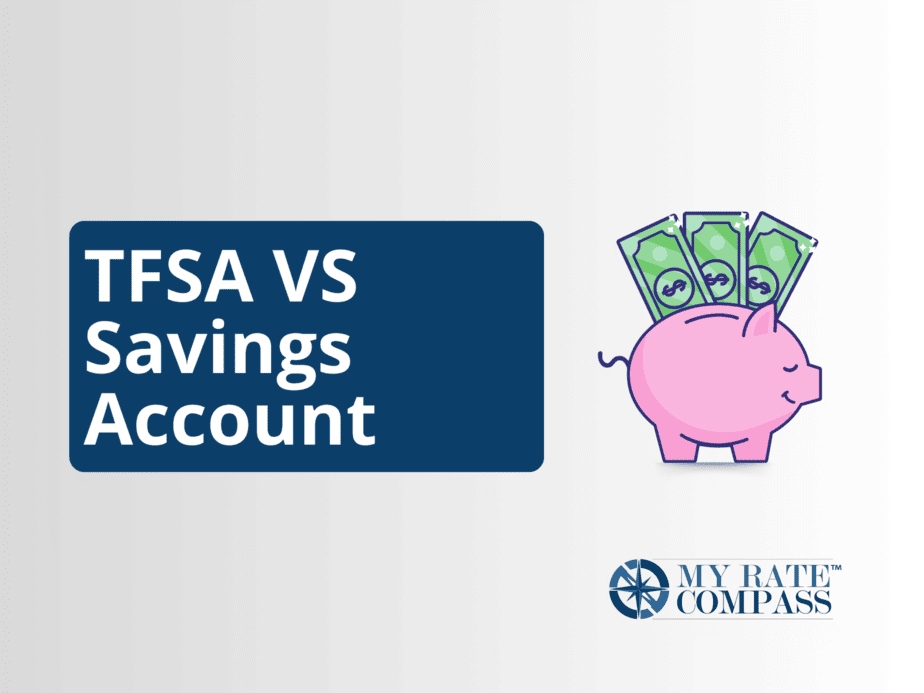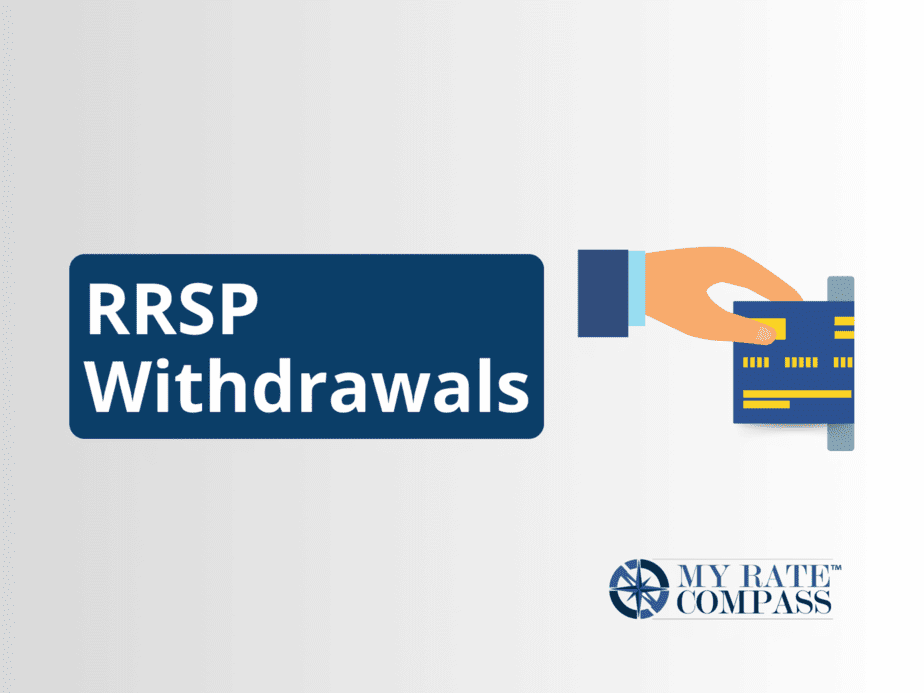Investing in a Registered Retirement Savings Plan (RRSP) is a smart way to prepare for retirement while enjoying tax advantages. With numerous banks and financial institutions offering RRSP accounts in Canada, choosing the one that suits your financial goals can be challenging. To help you pick the right RRSP for your financial needs, this article covers everything you need to know, from definitions to specific RRSP interest rates.
To learn more about RRSPs and which one will suit your financial needs best, read on!
What Are RRSPs?
A Registered Retirement Savings Plan (RRSP) is a government-approved account offering tax incentives to Canadians saving for retirement. There are two key benefits of RRSPs:
- 1. Tax-deductible contributions: This means you can reduce your taxable
- income when filing taxes.
- 2. Tax-deferred growth instalments: This means you don’t pay taxes on your
- RRSP savings until it is time to withdraw them.
After turning 71, you must convert your RRSP to a registere retirement income fund (RRIF) and start making withdrawals. Withdrawing your funds before this point can incur penalties.
RRSPs have a contribution limit of 18% of your earned income and can be accessed early under specific conditions. For a better understanding of RRSPs, check our Frequently Asked Questions at the bottom of the page.
Types of RRSPs
RRSPs come in several forms, each with unique features and benefits:
- 1. Individual RRSP: The most common type, offering flexibility in investment
- decisions.
- 2. Spousal RRSP: Allows a higher-income partner to contribute to an RRSP in their spouse’s name, which offers tax benefits by enabling income splitting during
- retirement.
- 3. Group RRSP: An employer-managed plan where contributions come from your
- pay, often matched by the employer. Investment choices may be limited.
Why Invest In An RRSP?
The primary advantage of an RRSP is the tax benefits it provides during contribution and withdrawal. Every RRSP contribution reduces your net taxable income, and any capital gains, dividends, or interest on those funds are shielded from tax until withdrawal. If you withdraw RRSP funds during retirement, you’ll likely be in a lower tax bracket, hence paying less tax on the withdrawal.
RRSP GIC Rates
Guaranteed Investment Certificates (GICs) are another low-risk investment that can be set up within an RRSP. They offer a guaranteed rate of return over a predetermined term. Some banks offer high interest rates for RRSP GICs. For instance, Motive Financial offers an interest rate of 6.00% on one-year RRSP GIC deposits.
How To Choose The Right RRSP
Before choosing an RRSP, you should consider the following:
- Investment goals and potential returns.
- Level of investment management. Would you prefer a self-directed investment plan or have your investments managed by an advisor?
- Fees. How do RRSP fees differ by RRSP providers?
- RRSP type. You can choose between an individual, spousal or group RRSP.
Remember, whatever you end up choosing, make sure it’s the right decision for your retirement goals and current situation.
Top RRSP Savings Accounts In Canada
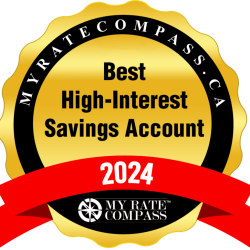
RRSP comparison table
| RRSP account | Interest Rate | Fees | Minimum balance requirements |
|---|---|---|---|
| EQ Bank RSP Savings Account | 3.00% | None | None |
| Motive Financial RRSP Daily Interest Savings Account | 0.25% for a balance of $0 – $2,500 and 2.6% for $2,500.01 and over. | None | None |
| Hubert Financial RRSP | 3.65% | None | None |
| Achieva Financial RRSP Savings Account | 3.60% | None | None |
| WealthOne RRSP Savings Account | 4.00% | None | None |
| CIBC RRSP Daily Interest Savings Account | 0.05% | None | None |
For a more detailed overview of each RRSP on this list, see below.
EQ Bank RSP Savings Account

EQ Bank offers an RSP Savings Account with a competitive interest rate of 3.00%. There’s no minimum balance required, and the account comes with access to digital investing services and low-cost investment portfolios. However, you must have an EQ Bank Savings Plus Account to open an EQ RSP Savings Account.
If you opt for an EQ RSP GIC account, a retirement account with guaranteed returns, the current rates are 5.10% for one year and 4.70% for two years. Keep in mind that these rates differ per annum.
Motive Financial RRSP Daily Interest Savings Account

Motive Financial offers an RRSP with a 0.25% variable interest rate for a balance of $2,500 and under. For a balance over $2,500, the interest goes to 2.6%. No monthly fee is charged, and you have the option to set up recurring contributions. This account also offers the ability to set up spousal RRSPs.
Hubert Financial RRSP

The Hubert Financial RRSP offers a healthy regular interest rate on your daily minimum balance. This online-only RRSP account provides access to investment portfolios and term deposits. The interest rate is 3.65%, and there’s no minimum balance required. If you wish to transfer your RRSP to another institution, you can do so with no fees, but may then have to pay taxes on your savings.
Achieva Financial RRSP Savings Account
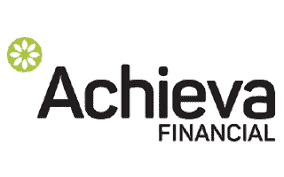
Achieva Financial offers a competitive online-only high-interest RRSP with a 3.60% interest rate. It features the ability to set up spousal RRSPs. Interest is calculated on the daily closing balance and added to the principal at the end of each month.
This account is ideal if you plan on making small, frequent contributions to your savings account each year.
WealthOne RRSP Savings Account

WealthOne Bank of Canada offers an RRSP savings account featuring a competitive interest rate of 4.00%. As one of the highest interest rates on this list, it comes with access to a digital investing service with professionally managed, low-cost investment portfolios. No monthly fee is charged, and there’s no minimum balance requirement.
CIBC RRSP Daily Interest Savings Account
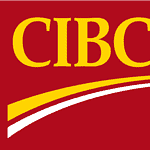
Unlike the other options on this list, CIBS’s RRSP Daily Interest Savings Account offers a short-term, flexible alternative to long-term RRSP accounts. The interest rate is 0.05%, comes with guaranteed principal and interest, and allows you to access your money whenever you want it.
While the rate is not as high as others, it offers good value within the context of an overall banking package. There are no monthly fees or minimums to worry about.
Final Thoughts
When it comes to saving for retirement, it’s important to pick the best option for your circumstances and future quality of life. The right RRSP can set you up for a stress-free retirement and offer excellent tax advantages.
With GIC options available, multiple investment opportunities, and tax deductions, an RRSP can prepare you for the retirement you deserve. So take care to do your research and always check for the most up-to-date interest rates for each financial institution. Happy Saving!
Frequently Asked Questions About RRSPs
Q: Are there contribution limits to RRSPs?
A: The annual RRSP contribution limit is 18% of your earned income in the previous year, up to a maximum contribution amount that changes yearly (for 2023, this amount is $30,780). Unused contribution room can be carried forward to future tax years.
Q: Can you access your RRSP early?
A: You can access your RRSP funds early without tax penalties under the Home Buyer’s Plan (HBP) and the Lifelong Learning Plan (LLP). The HBP allows you to borrow up to $35,000 from your RRSP for a first-time home purchase. The LLP lets you withdraw $10,000 per year (up to a total of $20,000) to fund full-time education for you or your spouse.
Q: What’s The Difference Between A RRSP And A TFSA?
A: While RRSPs and Tax-Free Savings Accounts (TFSAs) are both registered savings vehicles, they offer different benefits, particularly from a tax perspective. RRSP contributions are tax-deductible, whereas contributions to a TFSA are not. However, TFSA withdrawals are always tax-free.
Q: How much should you save in an RRSP?
A: The amount you need to save in your RRSP depends on your retirement goals, age, and current savings.
Q: Is it worth putting money in an RRSP?
A: For most Canadians, saving money in an RRSP is beneficial as it provides a source of income in retirement and generates tax savings.
Q: What are the disadvantages of an RRSP?
A: The main disadvantage of an RRSP is that withdrawals are taxed as income. Early withdrawals can also lead to penalties.
Q: What is the 4% rule for an RRSP?
A: The 4% rule suggests that you can withdraw 4% of your savings in your first year of retirement, and then index that number to inflation every year thereafter.
Q: Does APY matter on an RRSP savings account?
A: Yes, APY dictates how much interest your savings can earn in an RRSP savings account.

